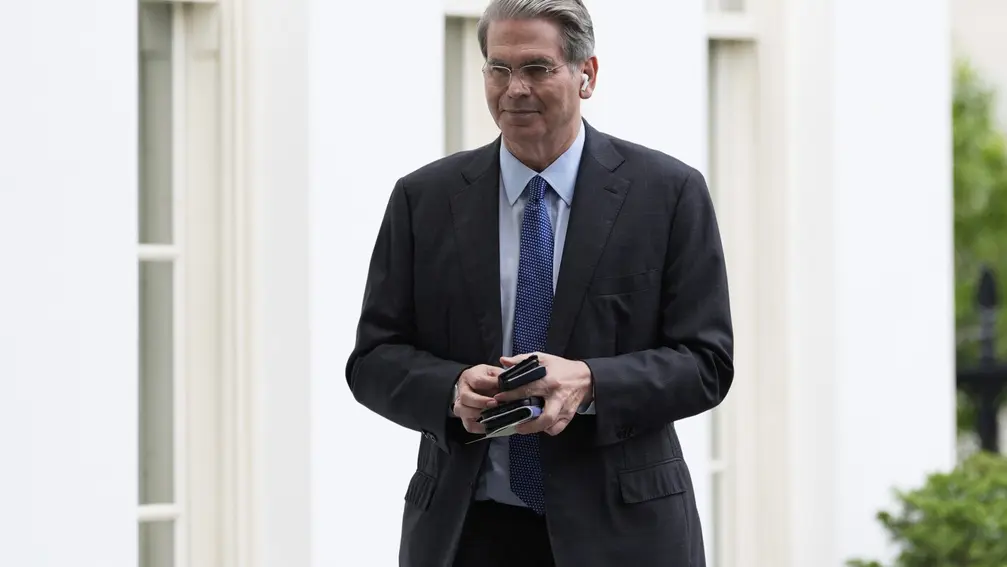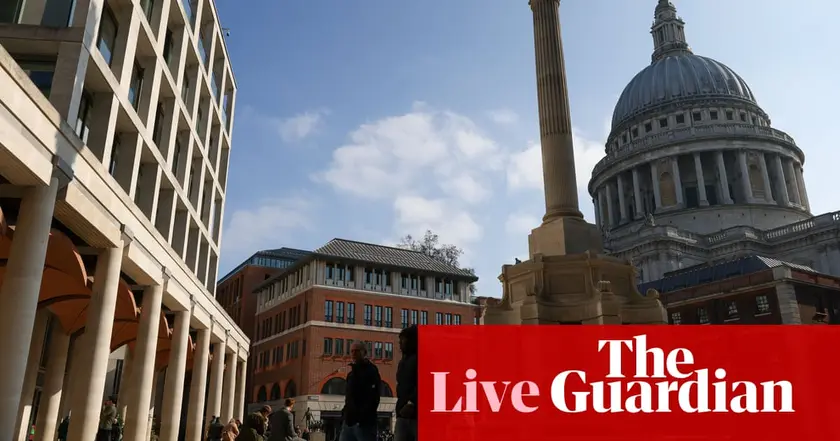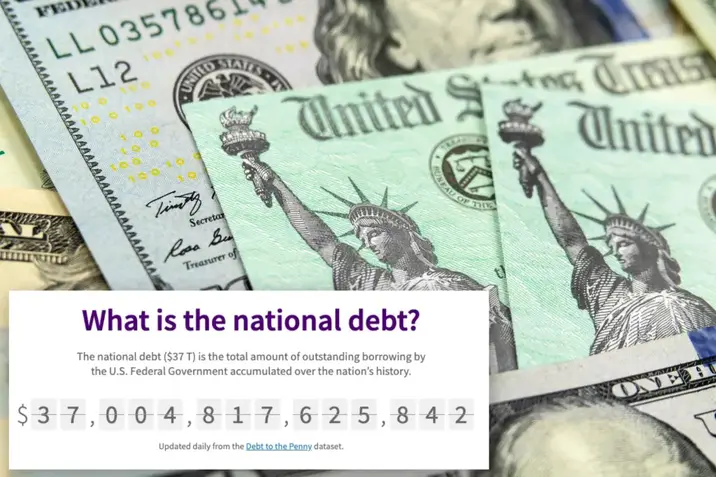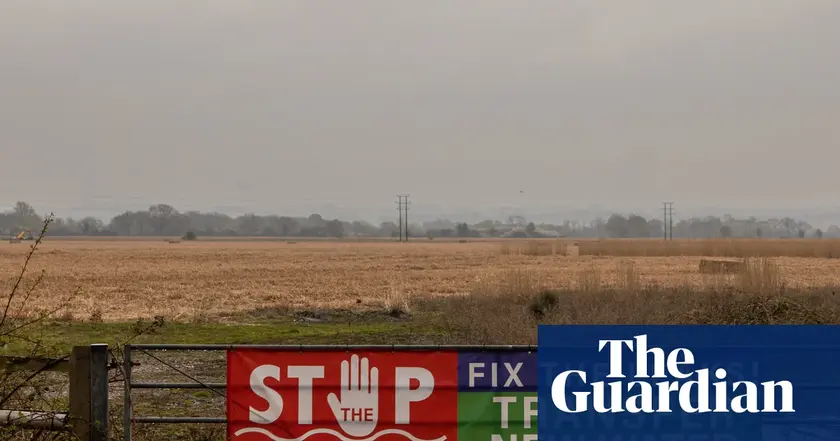T4K3.news
Debt milestone reached
The U.S. national debt passes 37 trillion, signaling rising costs for households and future budgets.

The U.S. hits a new debt milestone and faces questions about policy choices and costs for households.
Debt Tops 37 Trillion as Spending Surges
WASHINGTON, DC The U.S. gross national debt has surpassed 37 trillion, a new record. The update comes from the Treasury Department's latest daily report and reflects years of borrowing tied to the COVID-19 response, ongoing economic support, and the slow return to normal activity. The rise also shows how quickly policy choices add up, even when the economy is growing and markets are settled after the pandemic.
The debt milestone also intersects with politics. Lawmakers approved a tax and spending package that the Congressional Budget Office estimates would add about 4.1 trillion to the debt over the next decade. Analysts warn that higher debt costs could lift mortgage and car loan rates, curb private investment, and push up prices for goods and services, while the effect on wages remains uncertain and contested.
Key Takeaways
"We are now adding a trillion more to the national debt every five months."
Peterson on the pace of debt growth.
"Debt growth crowds out important priorities and creates a damaging cycle of more borrowing."
Peterson on consequences of rising debt.
"Hopefully this milestone is enough to wake up policymakers to the reality that we need to do something."
MacGuineas on urgency for action.
"Congress has a major role in setting spending and revenue policy."
MacGuineas on policy responsibility.
This milestone lands at the crossroads of emergency relief and long term finance. It tests the idea that temporary borrowing can be fully paid back. The math is clear, but policy choices are not.
The debt path raises questions about who bears the cost over time and how markets respond when debt grows faster than the economy. The pace also sharpens political debate about taxes, spending and the proper size of the public sector. If lawmakers draw out the conversation without bold reforms, the path could slow growth and complicate budget planning for households and businesses.
Highlights
- A trillion more to the debt every five months
- Debt growth crowds out priorities and raises costs
- Policymakers must act quickly
- This milestone should wake up policymakers
Budget and political risk
Rising debt levels and policy choices could trigger public backlash and affect investor confidence, potentially raising borrowing costs and pressuring future budgets.
The debt milestone invites steady budgeting and clear policy choices that balance relief with responsibility.
Enjoyed this? Let your friends know!
Related News

Debt milestone hits 37 trillion

Bitcoin hits new all-time high above $111,000

FTSE 100 share index reaches 9,000 points

US debt climbs past 37 trillion

Abingdon reservoir cost rises

Destiny Rising hits milestone and unlocks rewards

Shohei Ohtani Reaches Milestone with 1000th Hit

Superman expected to hit $3 billion at the box office
